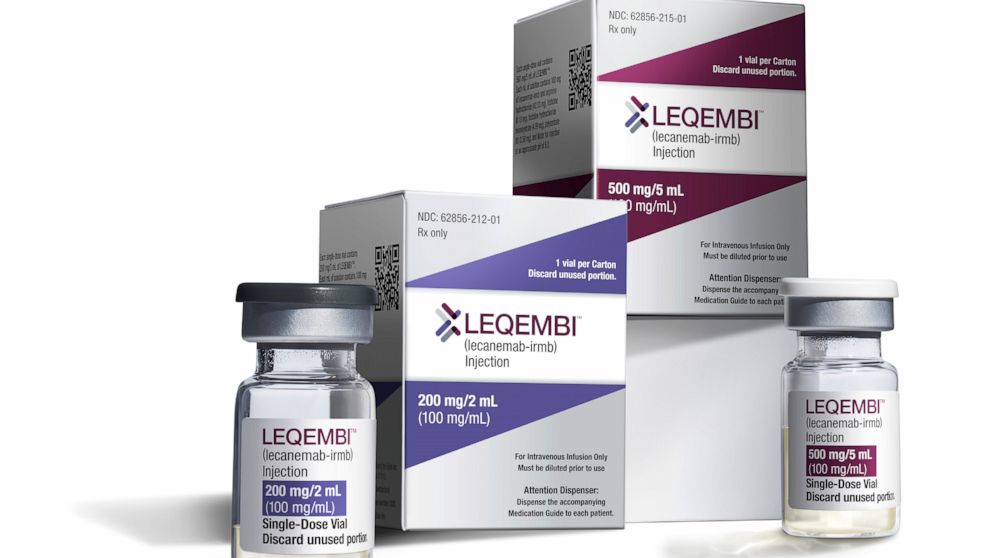Title: Insurance Coverage Challenges for New Alzheimer’s Treatment: Implications for Patients
Introduction:
Alzheimer’s disease is a progressive neurodegenerative disorder that affects millions of people worldwide. As medical advancements continue, new treatments are being developed to alleviate the symptoms and slow down the progression of this debilitating condition. However, a significant hurdle arises when it comes to insurance coverage for these innovative therapies. In this article, we will explore the challenges faced by some customers in obtaining insurance coverage for new Alzheimer’s treatments and the potential implications for patients.
The Costly Landscape of Alzheimer’s Treatment:
Alzheimer’s disease places a substantial financial burden on patients and their families. According to the Alzheimer’s Association, the estimated cost of care for individuals with Alzheimer’s and other dementias in the United States alone is projected to reach $355 billion in 2021. The introduction of new treatments brings hope for improved outcomes, but they often come with a hefty price tag.
Insurance Coverage Limitations:
Despite the promising potential of new Alzheimer’s treatments, insurance coverage remains a significant obstacle for many patients. Insurance providers often have strict criteria for coverage, including specific diagnostic requirements, disease severity, and prior treatment failures. These limitations can exclude a significant number of patients from accessing potentially life-changing therapies.
One example is the recent approval of Aducanumab (brand name Aduhelm) by the U.S. Food and Drug Administration (FDA). Aducanumab is the first drug approved to target the underlying pathology of Alzheimer’s disease, aiming to reduce amyloid plaques in the brain. However, its high cost and uncertain clinical benefits have raised concerns about insurance coverage.
The Role of Clinical Evidence:
Insurance companies typically rely on clinical evidence to determine coverage decisions. In the case of new Alzheimer’s treatments, limited long-term data and ongoing debates regarding their efficacy can make it challenging to meet insurers’ criteria. This lack of evidence may lead to denials or delays in coverage, leaving patients without access to potentially beneficial therapies.
Additionally, the FDA’s accelerated approval pathway, which allows drugs to enter the market based on surrogate endpoints, can further complicate insurance coverage decisions. Insurers may require additional evidence of clinical benefit before providing coverage, leading to a prolonged and uncertain process for patients.
Patient Advocacy and Access:
The lack of insurance coverage for new Alzheimer’s treatments not only affects individual patients but also hampers research and development efforts. Without adequate financial support, pharmaceutical companies may face difficulties in conducting further studies and refining these therapies. This situation ultimately limits access to potentially groundbreaking treatments for future patients.
Patient advocacy groups play a crucial role in raising awareness about the challenges faced by individuals seeking insurance coverage for new Alzheimer’s treatments. These groups can advocate for policy changes, increased transparency in coverage decisions, and improved access to innovative therapies. By amplifying patient voices, they can drive change and ensure that insurance coverage aligns with the evolving landscape of Alzheimer’s treatment.
Conclusion:
While new Alzheimer’s treatments offer hope for patients and their families, the challenges surrounding insurance coverage hinder access to these potentially life-changing therapies. The high cost, limited clinical evidence, and stringent coverage criteria pose significant barriers for individuals seeking treatment. Addressing these challenges requires collaboration between healthcare providers, insurers, policymakers, and patient advocacy groups to ensure equitable access to innovative treatments for all those affected by Alzheimer’s disease.



